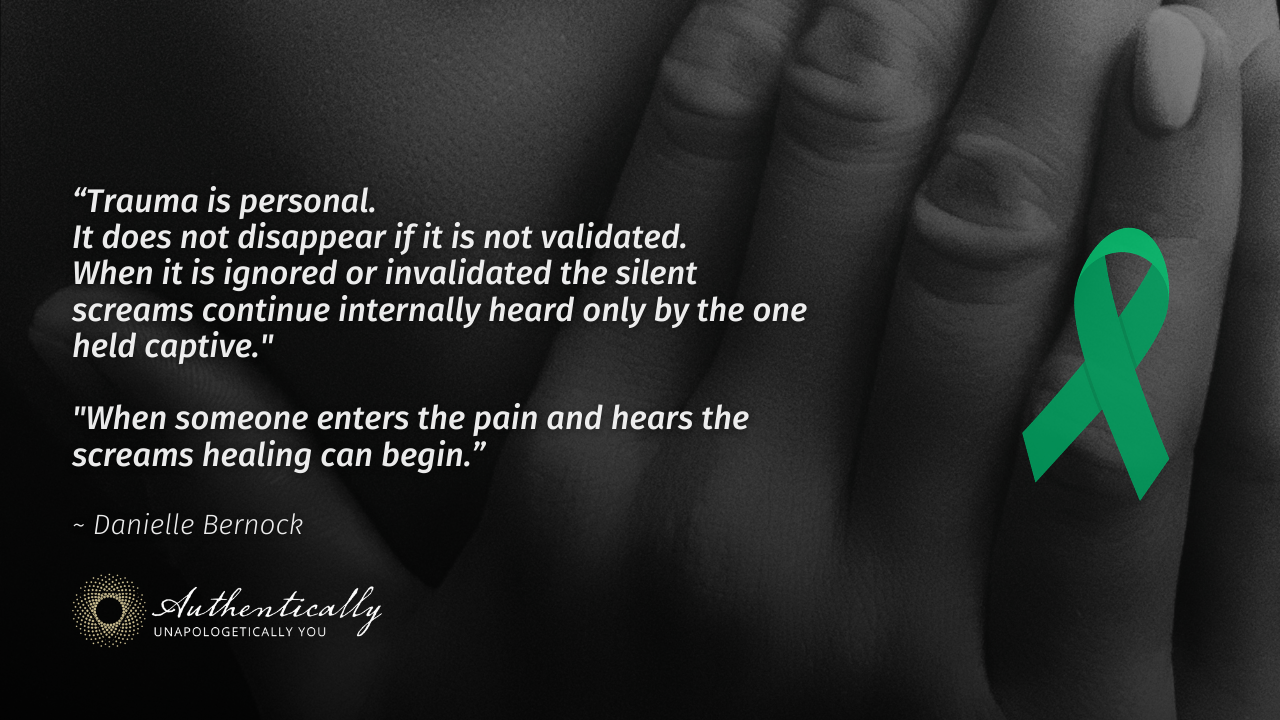Who can experience PTSD
Jun 16, 2021
PTSD can happen to anyone at any age, but is it different in adults and children?
Both adults and children are prone to post-traumatic stress disorder or PTSD after living through it, experiencing it firsthand, or simply witnessing abuse. This is when the trauma reappears in the form of intense flashbacks or nightmares and the person feels anxious, angry, or depressed as a result.
It wasn't until 2013 that the Diagnostic and Statistical Manual of Mental Disorders (DSM-5) recognized that PTSD can be diagnosed in children under 6 years of age. In 2012, a study (http://recognizetrauma.org/statistics.php) by the National Center for Mental Health Promotion found that 26 percent of children in the US have experienced a traumatic event before their 4th, but also face abuse by a family member see another or abuse or severe neglect by a parent.
The signs of PTSD in children are similar to those in adults. But PTSD in children can be a little different. Younger children can show more anxious and regressive behavior.
A child cannot always express what they are experiencing or going through, so the classic symptoms [of PTSD] do not exist.
In children, PTSD can look like this:
Insomnia
Irritability
Nightmares
Social withdrawal
Cannot be attached to people
Problems with focus and attention
Persistent worry that the world is unsafe
Anxiety or “erratic” behavior in certain situations
Avoiding people, places, or activities associated with the trauma
Fortunately, PTSD is easier to treat in children than when it occurs in adulthood, which says, for one thing, that children are resilient, but also that their brain chemistry helps.
In adults, PTSD may appear as one of the symptoms listed earlier for children. Most often this includes reliving the trauma through nightmares, memories, or flashbacks. There is persistent sustained hyper-arousal, which means that survivors with PTSD may feel constantly tense.
Symptoms may not show up right away. A survivor could escape abuse and experience fear and flashbacks six months after leaving. It can be confusing, unnerving, and debilitating.
No matter what, a survivor who recognizes PTSD in itself should consider contacting someone. If you have symptoms, counseling can help you cope. Your symptoms don't have to interfere with your daily activities, work, or relationships. It is never too late to get professional help or other forms of assistance that can help you manage the symptoms of PTSD.
The following list are just a few that we found on Youtube:
Stories - Who?: Veterans, Police Officers, Paramedics, Sexual Assault Survivors, Disaster Survivors, Children, Teenagers, Males, Females, All ethnicities.
How I Knew I Had PTSD (various people)
4.21m Video: https://youtu.be/-pXvrZZGKuA
Resource: AboutFaceVeterans
Jordan’s PTSD Story - Male 16 yr old
3.14m Video: https://youtu.be/AAKJda1h3pM
Resource: Fixers UK
PTSD / My Story / PTSD
4.32m Video: https://youtu.be/SkmMfmekajI
Resource: Fruit of my Pain
PTSD and Pain Killers | Joshua’s Mental Health Story | Mind
4:07m Video: https://youtu.be/gSNZQV0nRio
Resource: Mind, the mental health charity
Additionally here are just 14 celebrities that discuss having PTSD:
Whoopi Goldberg
Monica Seles - pro tennis player
Mick Jagger
Darrell Hammond
Jacqueline Kennedy Onassis
Alanis Morissete
Barbara Streisand
Ariana Grande
Shia LaBeouf
Charlize Theron
Lady Gaga
Demi Lovato
Kesha
Zayn Malik

